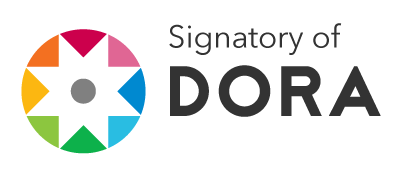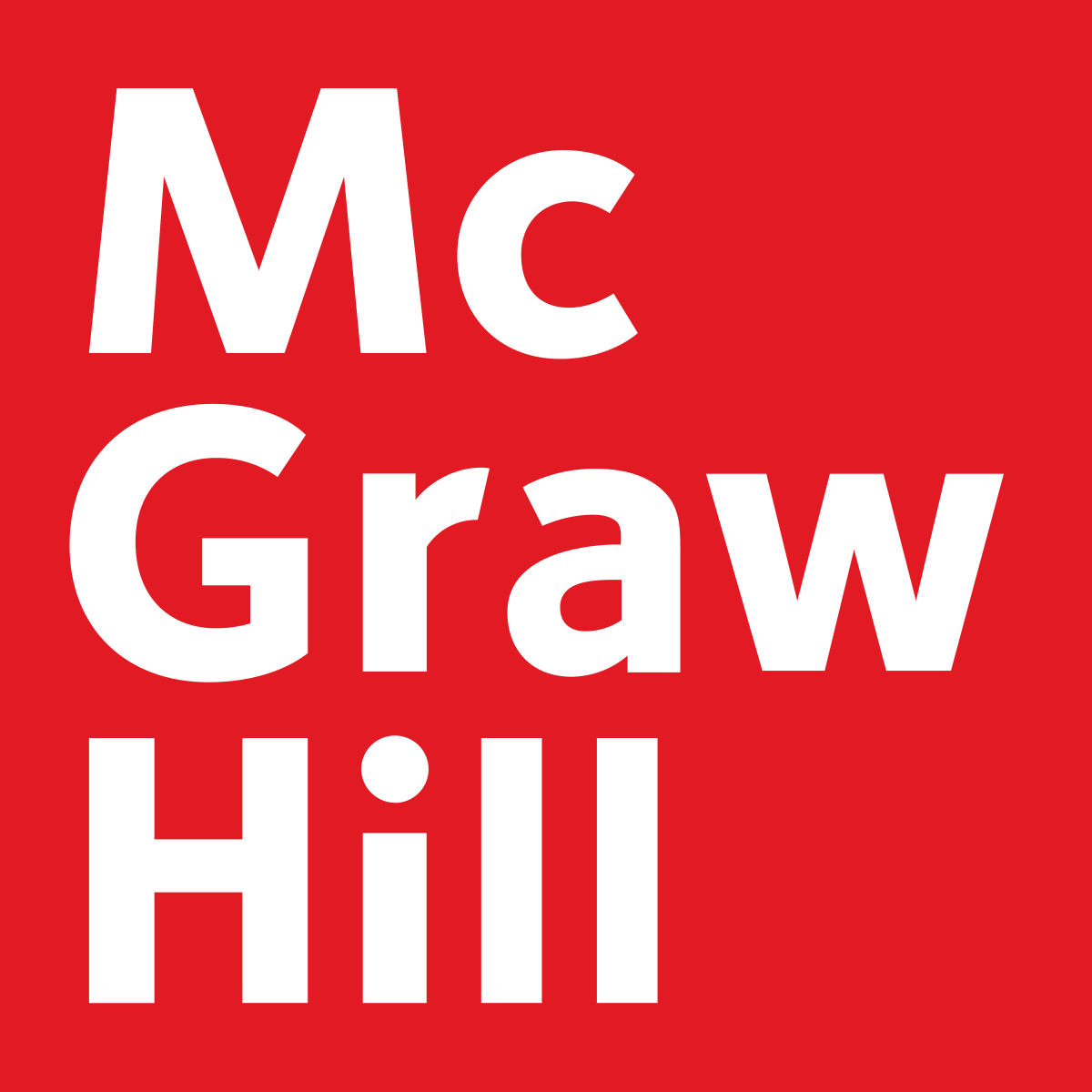The Influence of Processing Basic Levels in Reading Comprehension of Deaf Students
DOI:
https://doi.org/10.37467/gka-revedu.v1.619Keywords:
Reading Comprehension, Strategies and Socioeconomic StatusAbstract
In the present paper, it is pretended to explain the role of basic levels in the processing of reading into the global comprehension when deaf students cope with writing texts. Deaf students have severe deficits in general language knowledge which involves deficits in syntactic and semantic abilities. And so they have several difficulties in reading and writing. Otherwise, deaf students have specific limitations in the processing of writing texts (Marschark, 2008). In the current review, the goal is to approach the specific difficulties in reading comprehension in the basis of processing: phonological awareness, lexical access and vocabulary knowledge. First, we will establish how phonological coding and reading efficiency are related. In the second hand, we asked if the limited lexical access influence final comprehension. Finally, it is noted that deaf students have a restricted vocabulary that affect their own ability to extract the global meaning of reading.
Downloads
Global Statistics ℹ️
|
697
Views
|
227
Downloads
|
|
924
Total
|
|
References
Dyer, A ., MacSweeney, M ., Szczerbinski, M ., Green, L ., Campbell, R . (2003). Predictors of reading delay in deaf adolescents: the relative contributions of rapid automatized naming speed and phonological awareness and decoding. Journal of Deaf Studies and Deaf education, 8, 215-229. DOI: https://doi.org/10.1093/deafed/eng012
Garrison, W. Long, G. & Dowaliby , F. (1997). Working Memory Capacity and Comprehension Processes in Deaf Readers. Journal of Deaf Studies and Deaf Education, 2, 78-94. DOI: https://doi.org/10.1093/oxfordjournals.deafed.a014315
Jackson, D. W., Paul, P. V., & Smith, J. C. (1997). Prior knowledge and reading comprehension ability of deaf adolescents. Journal of Deaf Studies and Deaf Education, 2, 172–184. DOI: https://doi.org/10.1093/oxfordjournals.deafed.a014323
Kelly, L. (1996). The interaction of syntactic competence and vocabulary during reading by deaf students. Journal of Deaf Studies and Deaf Education, 1, 76-90. DOI: https://doi.org/10.1093/oxfordjournals.deafed.a014283
Kyle, F.E. & Harris, M. (2006). Concurrent correlates and predictors of reading and spelling achievement in deaf and hearing school children. Journal of Deaf Studies and Deaf education, 11, 273-288. DOI: https://doi.org/10.1093/deafed/enj037
Lederberg, A. (2003). Expressing meaning. From communicative intent of building a lexicon. In M. Marschark, M. & P.E. Spencer, (Eds). Oxford handbook of deaf studies, language and education (pp.247-260) New York: Oxford University Press.
Leybaert, J. & Alegría, J. (2003). The role of cued speech in language development of deaf children. In M. Marschark, M. & P.E. Spencer, (Eds). Oxford handbook of deaf studies, language and education (pp.262-274) New York: Oxford University Press.
Lillo- Martin (1997). The acquisition of English by deaf signers: Is Universal Grammar involved? In Flynn, S., Martohadjono, G. & O´Neil, W. (Eds). The generative study of second language acquisition (pp.131-149). New Jersey. Lawrence Erlbaum Associates.
Marschark, M & Wauters, L. (2008). Language comprehension and learning. In M. Marschark, M. & P.C. Hauser, P.C. (Eds). Deaf cognition: Foundations and outcomes (pp 309-350). New DOI: https://doi.org/10.1093/acprof:oso/9780195368673.003.0012
York: Oxford University Press.
Marschark, M Rhoten C y Fabich M (2007). Effects of cochlear implants on children’s reading and academic achievement. Journal of Deaf Studies and Deaf Education, 12, 269-282. DOI: https://doi.org/10.1093/deafed/enm013
Marschark, M., Lang, H. G., & Albertini, J. A. (2002). Educating deaf students: From research to practice. New York: Oxford University Press.
Marschark, M., Sapere, P., Convertino, C., Seewagen, R. & Maltzan, H. (2004). Comprehension of sign language interpreting. Journal of Deaf Studies and Deaf Education, 4, 345-368. DOI: https://doi.org/10.1353/sls.2004.0018
Marschark, M., Sapere, P., Convertino, C.M. & Pelz, J. (2008). Learning via direct and mediated instruction by deaf students. Journal of Deaf Studies and Deaf Education, 13, 446-461. DOI: https://doi.org/10.1093/deafed/enn014
Paivio, A. (2008). How children learn and retain information: The dual coding theory. In S. B. Newman (Ed.), Literacy achievement for young children in poverty. Baltimore: Paul H. Brookes.
Paul, P. (2009). Language and deafness. San Diego, CA: Singular Publishing Group.
Pinhas, J. (1991). Constructive processing in skilled deaf and hearing readers. In D. Martin (Ed.), Advances in cognition, education, and deafness (pp. 296-301). Washington, DC: Gallaudet University Press. DOI: https://doi.org/10.2307/j.ctv2rcnnbp.41
Richardson, J. T. E., McLeod-Gallinger, J., McKee, B. G., & Long, G. L. (2000). Approaches to studying in deaf and hearing students in higher education. Journal of Deaf Studies and Deaf Education, 5 , 156–173. DOI: https://doi.org/10.1093/deafed/5.2.156
Strassman, B.K. (1997). Metacognition and reading in children who are deaf: a review of research. Journal of Deaf Studies and Deaf Education, 2,140-149. DOI: https://doi.org/10.1093/oxfordjournals.deafed.a014320
Traxler, C.B. (2000). Measuring up to performance standards in reading and mathematics: Achievement of selected deaf and hard of hearing students in the national norming of the 9th Edition Stanford Achievement Test. Journal of Deaf Studies and Deaf education, 10, 256-271.
Trezek, B., Wang, Y., Woods, D., Gampp, T., Paul, P. (2007). Using visual phonics to supplement beginning reading instruction for students who are deaf or hard of hearing. Journal of Deaf Studies and Deaf Education 12:373–384. DOI: https://doi.org/10.1093/deafed/enm014
Vermeulen, A.M., van Bon, W., Schereuder, R., Knoors H., & Snik, A. (2007). Reading comprehension of deaf children with cochlear implants. Journal of Deaf Studies and Deaf Education, 12, 283-302. DOI: https://doi.org/10.1093/deafed/enm017
Wauters, L.N. , Tellings, A.E.J.M., van Bon, W.H.J., & Mak, W.M. (2008). Mode of Acquisition as a Factor in Deaf Children’s Reading Comprehension. Journal of Deaf Studies and Deaf Education, 13, 176-192. DOI: https://doi.org/10.1093/deafed/enm050
Wauters, L.N., Van Bon, W.H.J & Tellings, A.E.J.M. (2006). Reading comprehension of Dutch deaf children. Reading and Writing: An interdisciplinary journal, 19, 49-76. DOI: https://doi.org/10.1007/s11145-004-5894-0
Downloads
Published
How to Cite
Issue
Section
License
Those authors who publish in this journal accept the following terms:
-
Authors retain copyright.
-
Authors transfer to the journal the right of first publication. The journal also owns the publishing rights.
-
All published contents are governed by an Attribution-NoDerivatives 4.0 International License.
Access the informative version and legal text of the license. By virtue of this, third parties are allowed to use what is published as long as they mention the authorship of the work and the first publication in this journal. If you transform the material, you may not distribute the modified work. -
Authors may make other independent and additional contractual arrangements for non-exclusive distribution of the version of the article published in this journal (e.g., inclusion in an institutional repository or publication in a book) as long as they clearly indicate that the work was first published in this journal.
- Authors are allowed and recommended to publish their work on the Internet (for example on institutional and personal websites), following the publication of, and referencing the journal, as this could lead to constructive exchanges and a more extensive and quick circulation of published works (see The Effect of Open Access).













